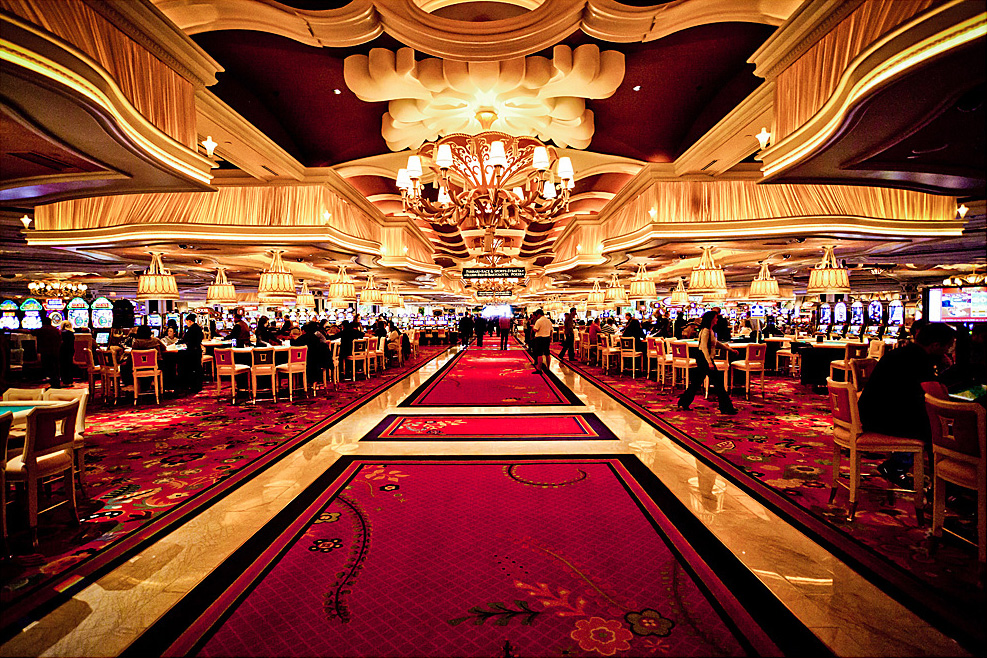In what way Casino Games Use Shade and Style to Draw Gamers

Within the lively and stimulating world of gaming establishments, wherein luck and tactics intertwine, hues and aesthetic play a key role in drawing in players. From the moment players step inside a casino or log into a gaming website, they are immersed in a visual feast that grabs their attention and lures them to discover further. Vivid colors, engaging graphics, and creative layouts are meticulously crafted to create an atmosphere of excitement and expectation, ultimately enhancing the gaming encounter.
As players move through the ever-changing landscape of casino games, they encounter a variety of designs that not only serve visual purposes but also influence feelings and choices. Colors like red and gold symbolize wealth and luck, while calm navy and greens can create a much relaxed environment. Grasping how these elements function together allows casinos to create an inviting and energizing atmosphere that encourages players to engage with the games, invest additional time at the tables, and boost their general enjoyment.
The Science of Tint in Gambling Games
Tint plays a crucial role in the design of gambling games, affecting players' emotional states and responses. Vivid and bold hues, such as crimson and yellow, are often used to incite thrill and draw focus. These colors create a sense urgency and dynamism, encouraging participants to engage more readily with the game. By strategically selecting colors, developers aim to elicit emotions of satisfaction and excitement, which can enhance the total player experience.
Distinct colors also have psychological connotations that can impact how participants perceive their possibilities of victory. For example, emerald is commonly associated with good fortune and wealth, making it a popular choice in activities like roulette and poker games. This connection can cause gamblers to feel more optimistic and confident in their play, ultimately inspiring them to wager more. Grasping these connections allows game designers to design environments that enhance player satisfaction and loyalty.
Furthermore, the interface of gambling game interfaces often uses gradients and contrasting shades to instruct players' responses. For instance, winning results may be highlighted with vivid, contrasting hues, creating a visual reward. This method strengthens positive outcomes and promotes repeated gameplay. By leveraging the psychology of color, casinos can create activities that not only captivate gamblers but also keep them engaged and committed in their game experience.
Creative Features that Attract Gamers
The visual appeal of casino games is primarily influenced by the use of vibrant colors. Lively and striking colors are strategically chosen to create an inviting atmosphere that captures interest. For example, crimson and golden hues often signify good fortune and wealth, which is why they are prevalent in the color schemes of slot machines and table surfaces. King 88 These colors not only draw players in, but they also stir emotions related to excitement and expectation, enhancing the overall gaming experience.
In addition to color, the design and layout of gambling games play a significant role in player attraction. Games are designed to be user-friendly, ensuring that players can quickly understand the guidelines and gameplay. User-friendly interfaces, along with engaging graphics and motion, help maintain player interest and encourage longer play sessions. The physical elements, such as the texture of the controls and the sounds of the games, also add to a comprehensive sensory experience that keeps players engaged.
In conclusion, conceptual elements in game design can greatly influence player choice. Many gambling games are inspired by popular culture, myths, or exploration motifs, incorporating symbols and characters that connect with players. These themes create a sense of engagement and connection, making each game feel distinct. When players feel a connection to the theme, they are more likely to choose that game over others, leading to higher participation and excitement within the casino environment.
Case Studies: Successful Gambling Table Game Designs
One key example of impressive gambling game design is the acclaimed slot machine series themed around hit movies. Games such as those based on the The Wizard of Oz and Game of Thrones utilize bright colors and top-notch graphics to immerse players in well-known narratives. The employment of lively visuals and captivating sound effects captures the attention of players, creating an affective connection to the theme. King88 This approach not just promotes longer play but also enhances the overall gaming experience, yielding increased player retention.
Another successful case is the application of color in table games like 21 and the wheel. Casinos often develop these games with rich reds and greens, colors traditionally associated with luck and wealth. For instance, the green felt on a blackjack table provides a calming effect, while the red accents in the wheel invite excitement. This intentional use of color helps to create an inviting atmosphere that encourages players to engage, satisfying their psychological impulses and increasing their enjoyment.
Finally, social casino games that feature community features and bright, dynamic designs have experienced remarkable success in engaging players. Games like Zynga Poker and Slot-O-Mania leverage striking colors and playful animations to create an inviting online environment. The integration of leaderboards, social sharing options, and in-game rewards fosters competition and community, pulling players in for longer sessions. Such designs merely make the games visually appealing but also underscore social connectivity, a crucial factor in player retention and engagement within online casino environments.
